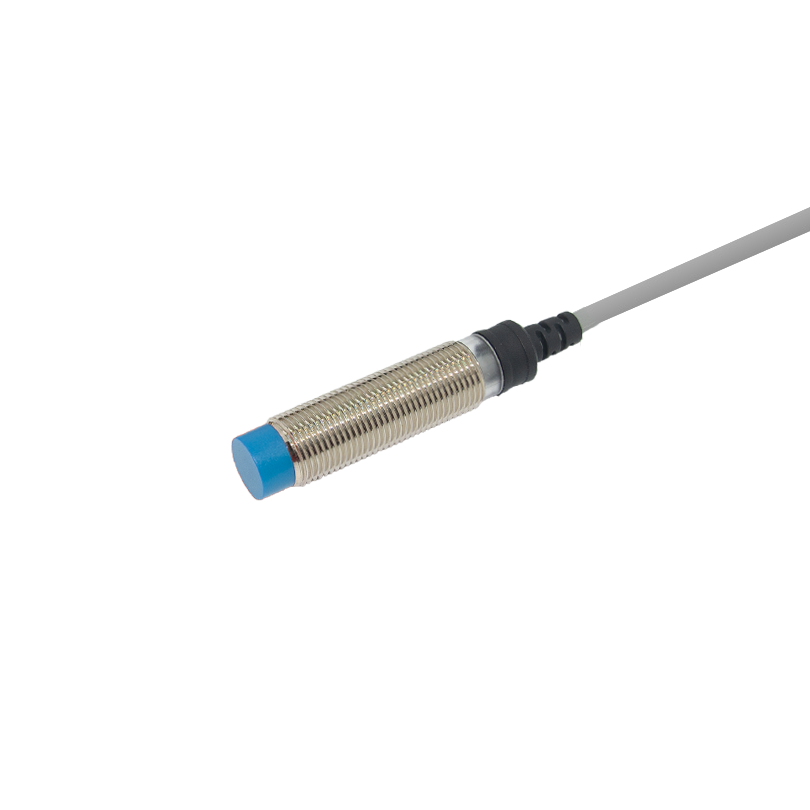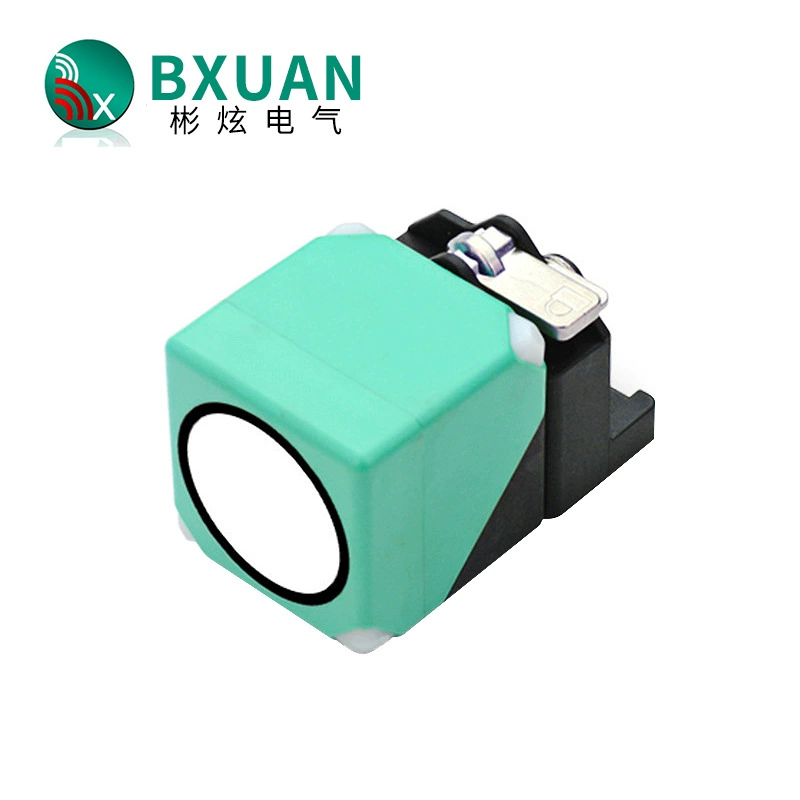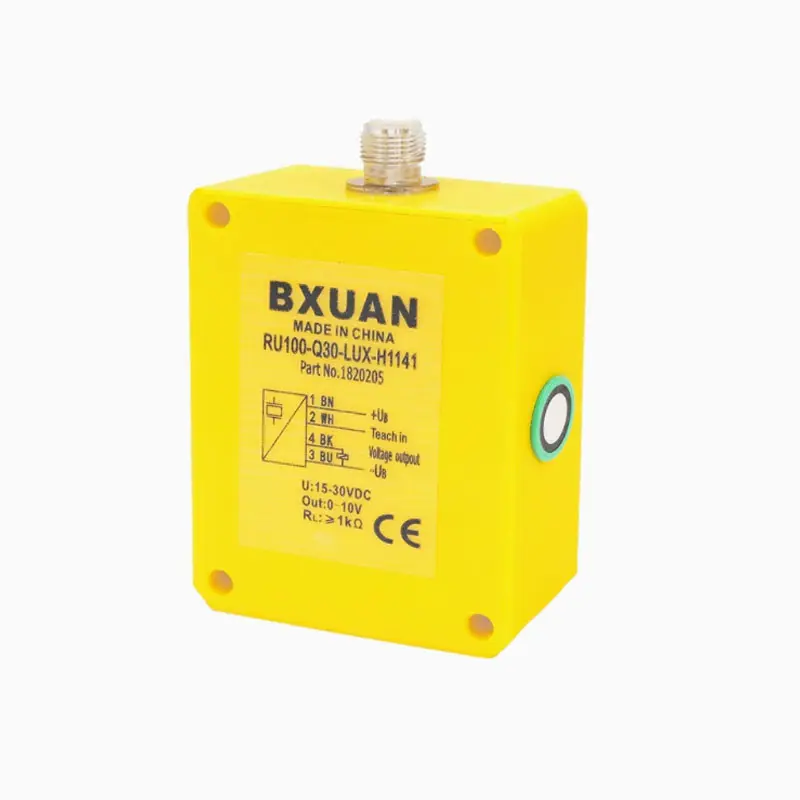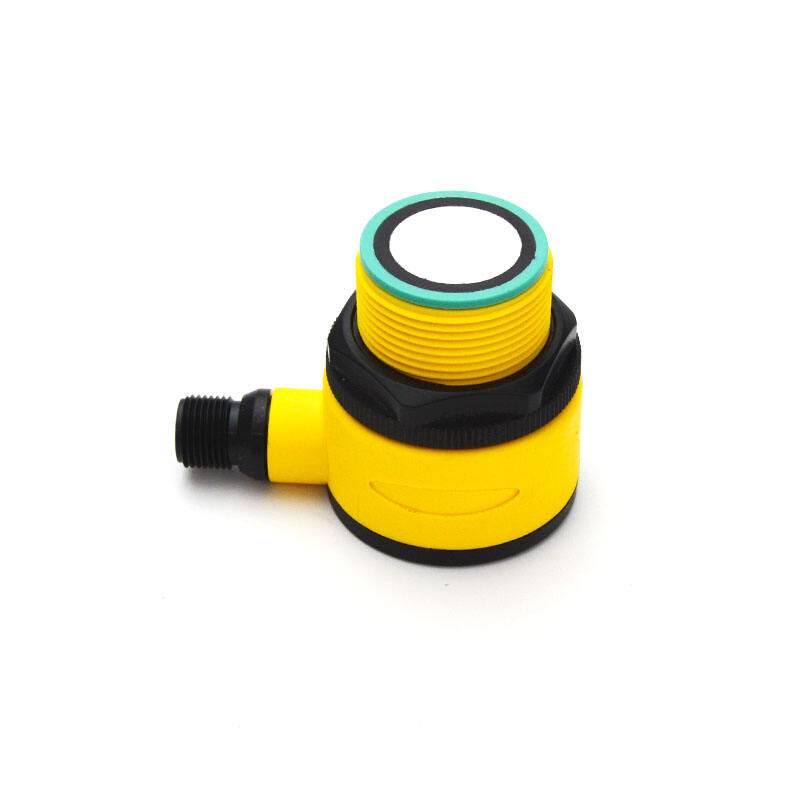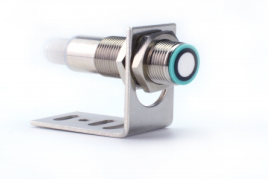cảm biến quang điện
Cảm biến quang điện là một thiết bị điện tử tinh vi sử dụng các tia sáng để phát hiện sự hiện diện, vắng mặt hoặc khoảng cách của các đối tượng trong nhiều ứng dụng công nghiệp và thương mại khác nhau. Cảm biến đa năng này hoạt động bằng cách phát ra một tia sáng, thường là hồng ngoại, ánh sáng đỏ nhìn thấy được hoặc laser, sau đó đo các thay đổi của ánh sáng nhận được khi có vật thể chắn hoặc phản xạ tia sáng. Cảm biến bao gồm hai thành phần chính: bộ phát để chiếu tia sáng và bộ thu để phát hiện tín hiệu ánh sáng. Các cảm biến này có thể được cấu hình theo ba chế độ chính: xuyên tia (through-beam), phản xạ nhờ gương (retro-reflective) và phản xạ khuếch tán (diffuse reflection). Kiểu xuyên tia sử dụng hai đơn vị phát và thu được đặt đối diện nhau, mang lại khoảng cách phát hiện xa nhất và độ tin cậy cao nhất. Cảm biến phản xạ nhờ gương dùng một tấm phản quang để dội ngược tia sáng về bộ thu nằm chung trong cùng một đơn vị với bộ phát, cung cấp giải pháp tiết kiệm chi phí cho việc phát hiện ở tầm trung bình. Cảm biến phản xạ khuếch tán phát hiện vật thể dựa trên ánh sáng phản xạ trực tiếp từ mục tiêu, làm cho chúng lý tưởng cho các ứng dụng ở khoảng cách gần. Các cảm biến quang điện hiện đại được tích hợp các tính năng tiên tiến như ức chế nền, ức chế tiền cảnh và khả năng hiệu chuẩn kỹ thuật số chính xác, cho phép chúng hoạt động ổn định trong các môi trường công nghiệp khắc nghiệt đồng thời duy trì độ chính xác và độ lặp lại cao.

